
Question and Answers Forum
Previous in Permutation and Combination Next in Permutation and Combination
Question Number 3273 by Yozzi last updated on 09/Dec/15
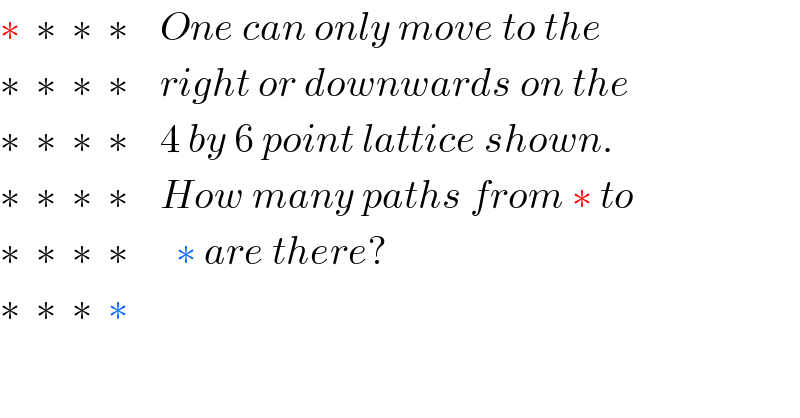
Answered by Filup last updated on 09/Dec/15
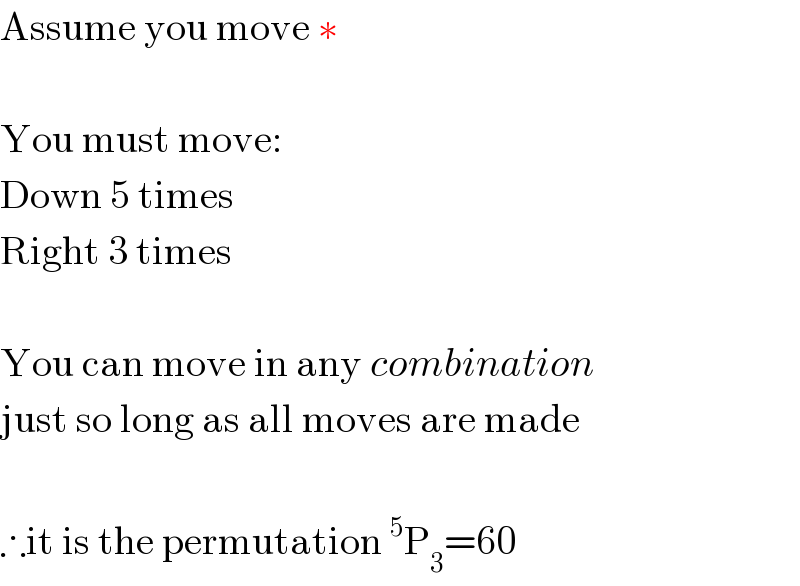
Commented by Filup last updated on 09/Dec/15

Answered by prakash jain last updated on 09/Dec/15
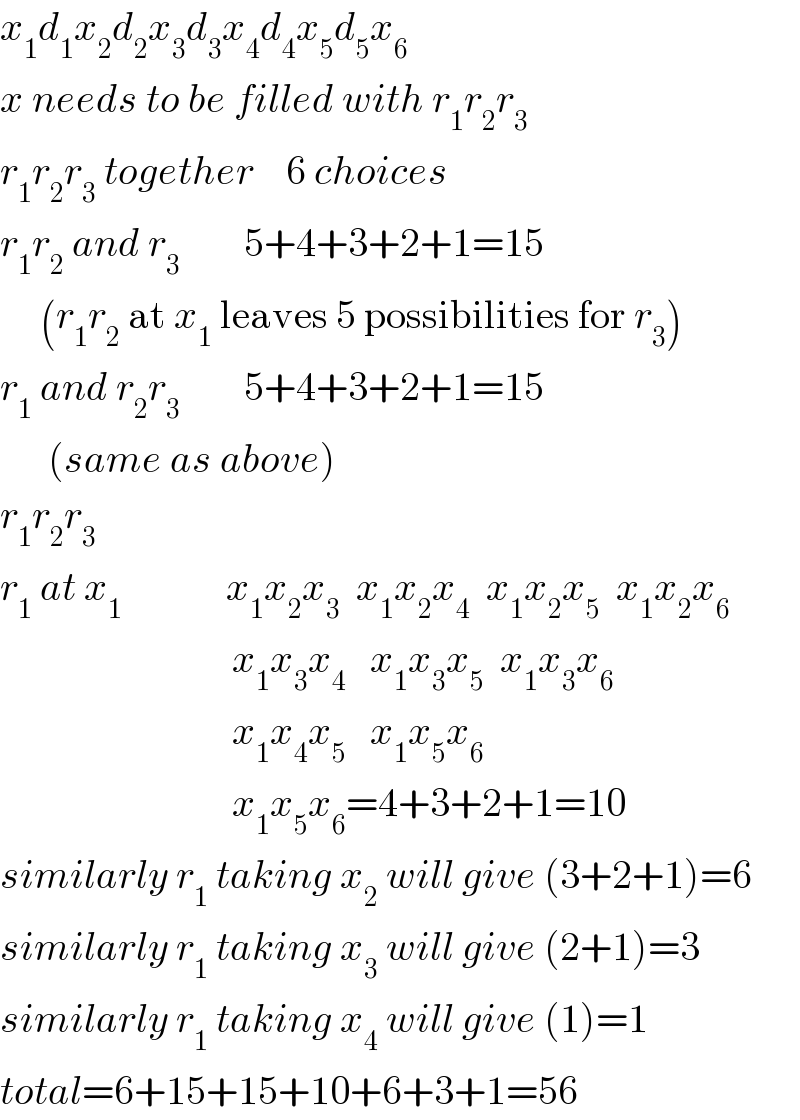
Commented by prakash jain last updated on 09/Dec/15
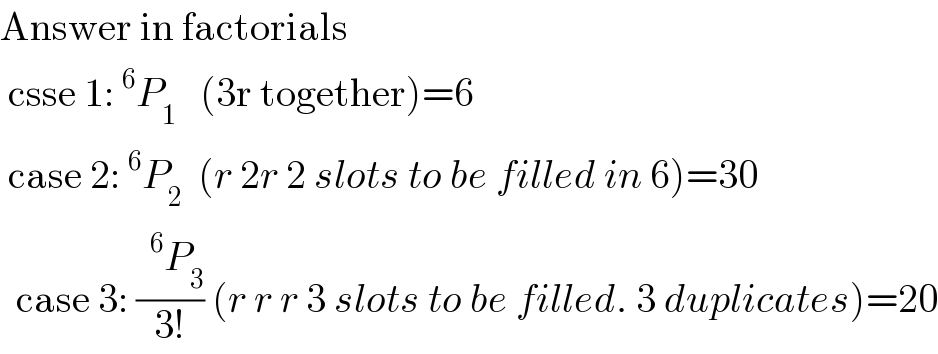
Commented by prakash jain last updated on 11/Dec/15
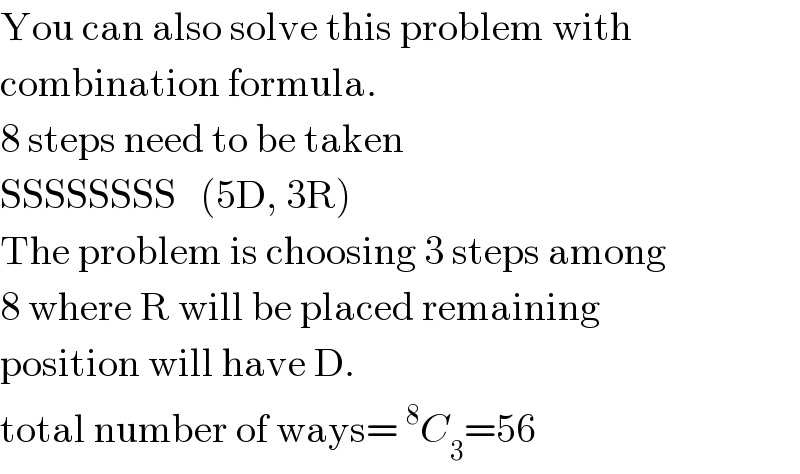
Answered by Rasheed Soomro last updated on 09/Dec/15
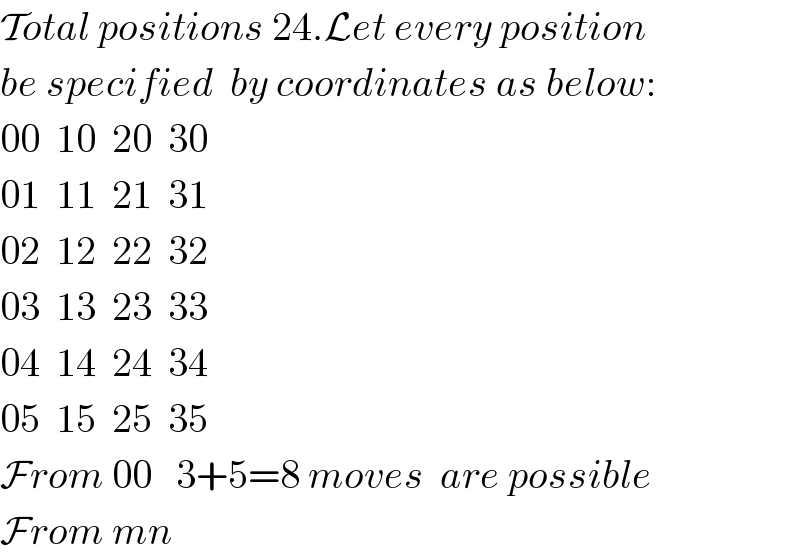
Commented by prakash jain last updated on 09/Dec/15
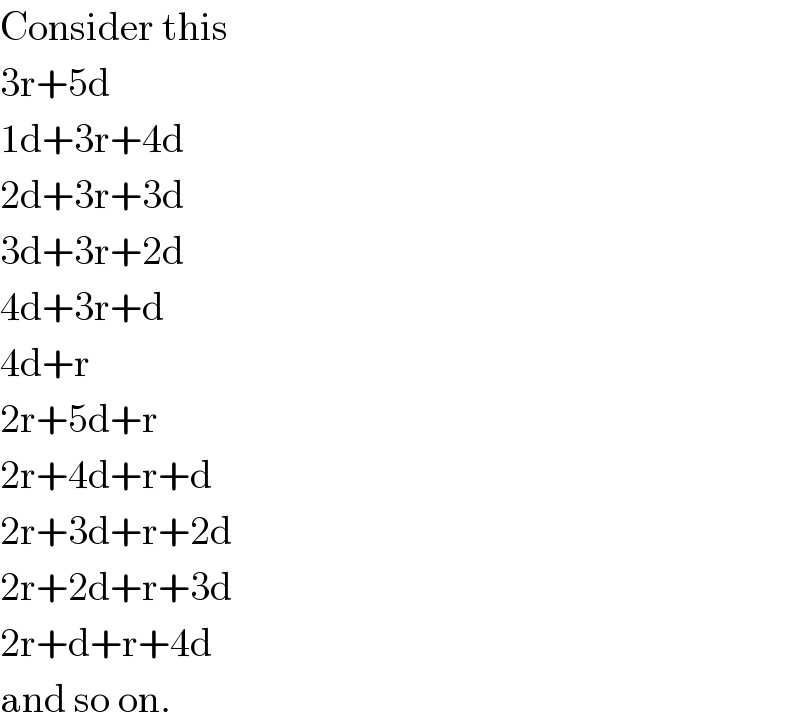
Commented by Rasheed Soomro last updated on 09/Dec/15

